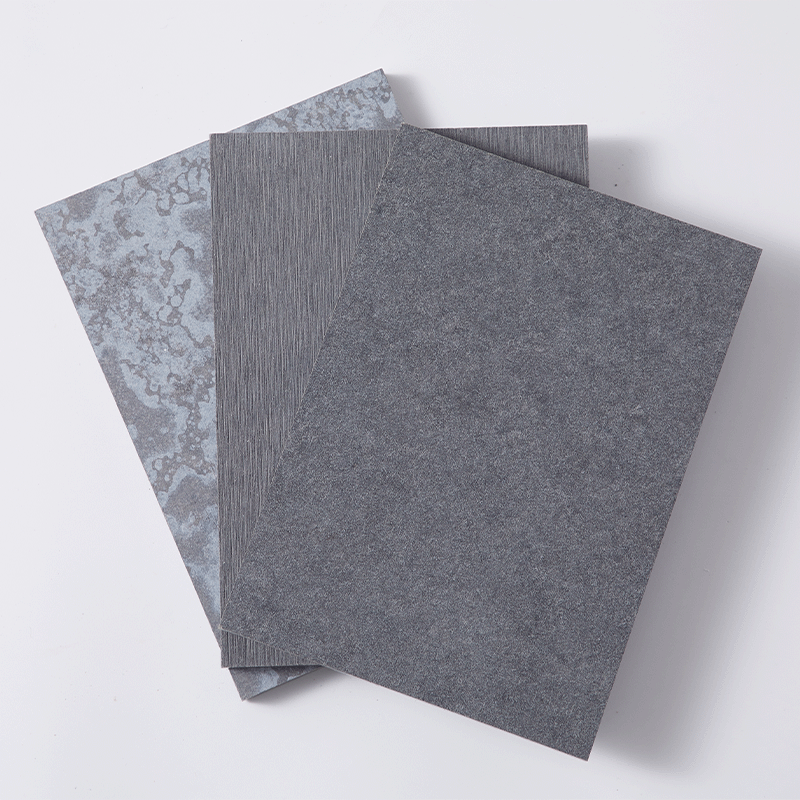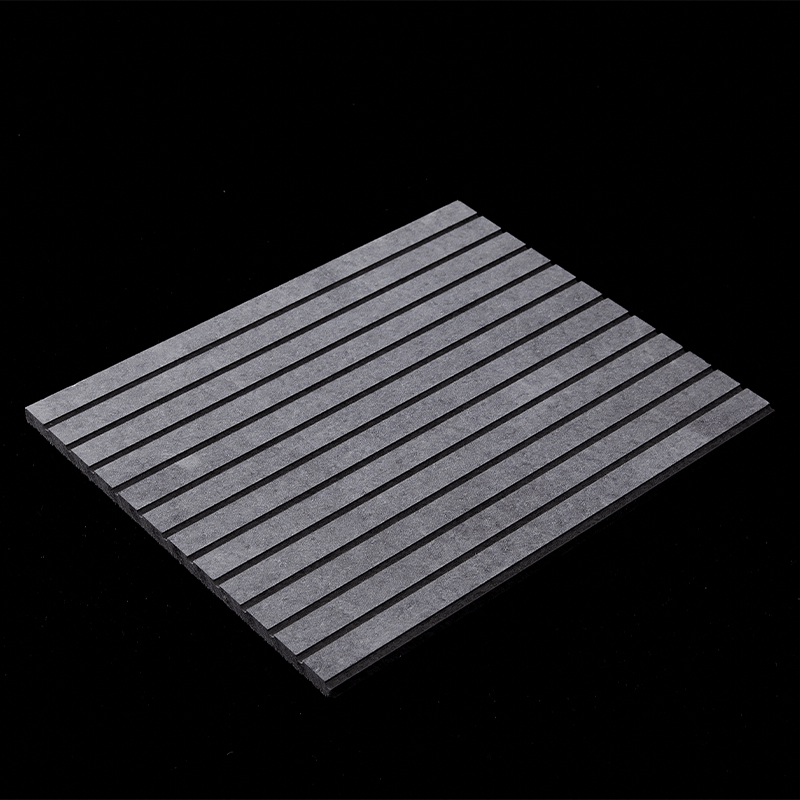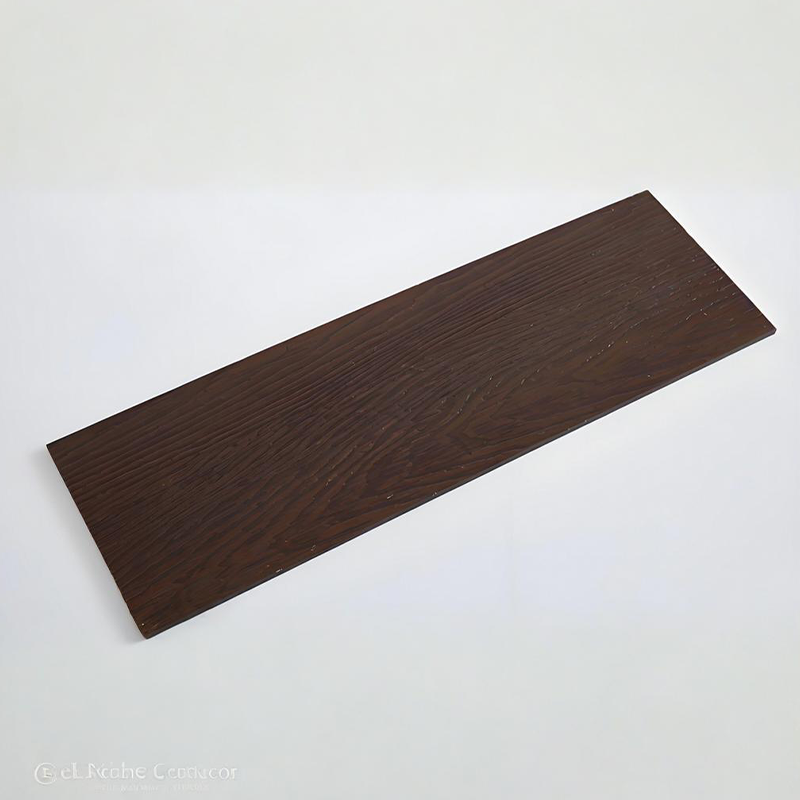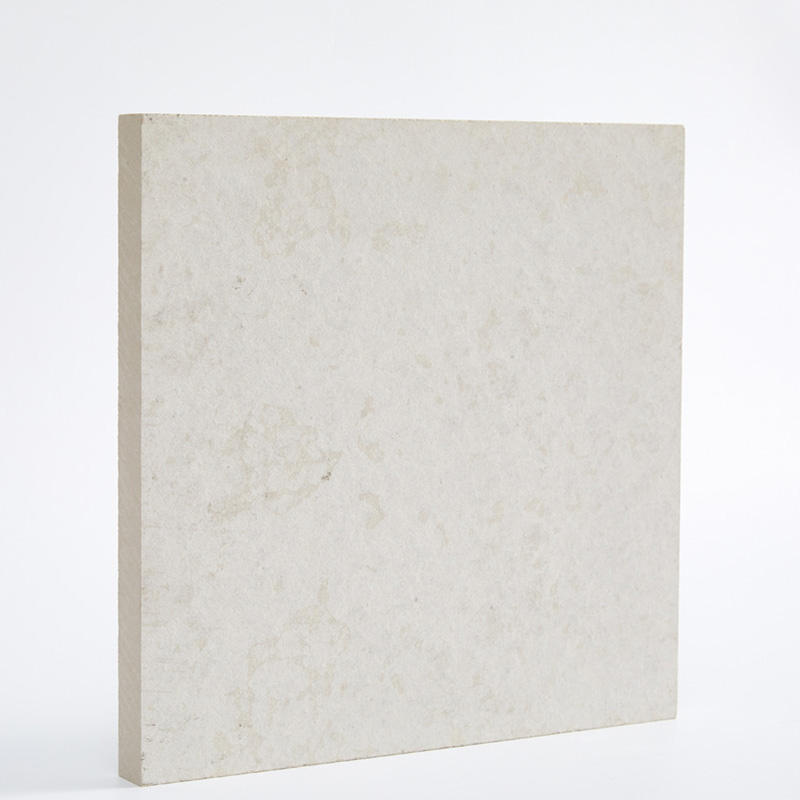When it comes to choosing the right soffit panel material, durability, aesthetics, and maintenance are key considerations. Homeowners and contractors often compare different options like wood, vinyl, metal, and fiber cement boards to determine the best solution. In this article, we’ll examine how fiber cement board stands against these alternatives, focusing on performance, longevity, and cost-effectiveness.
Understanding Soffit Panels and Their Role
Exterior soffit panels are an essential component of any roofing system. Installed beneath the roof overhang, they serve multiple purposes, including:
Ventilation: Proper airflow helps prevent moisture buildup and mold growth. Without adequate ventilation, trapped moisture in the attic or roof structure can cause wood rot, mold infestations, and reduced insulation efficiency.
Aesthetic Appeal: A clean and uniform soffit enhances a building’s appearance. Soffit panels contribute to a finished look, complementing the overall design of a home or commercial structure.
Protection: They safeguard rafters and structural components from weather damage. Exposure to rain, snow, and extreme temperatures can weaken a building’s framework over time. Soffits act as a shield against these elements, ensuring structural integrity.
Selecting the right exterior soffit material can impact the overall efficiency and longevity of a building. Let’s compare the most common options.
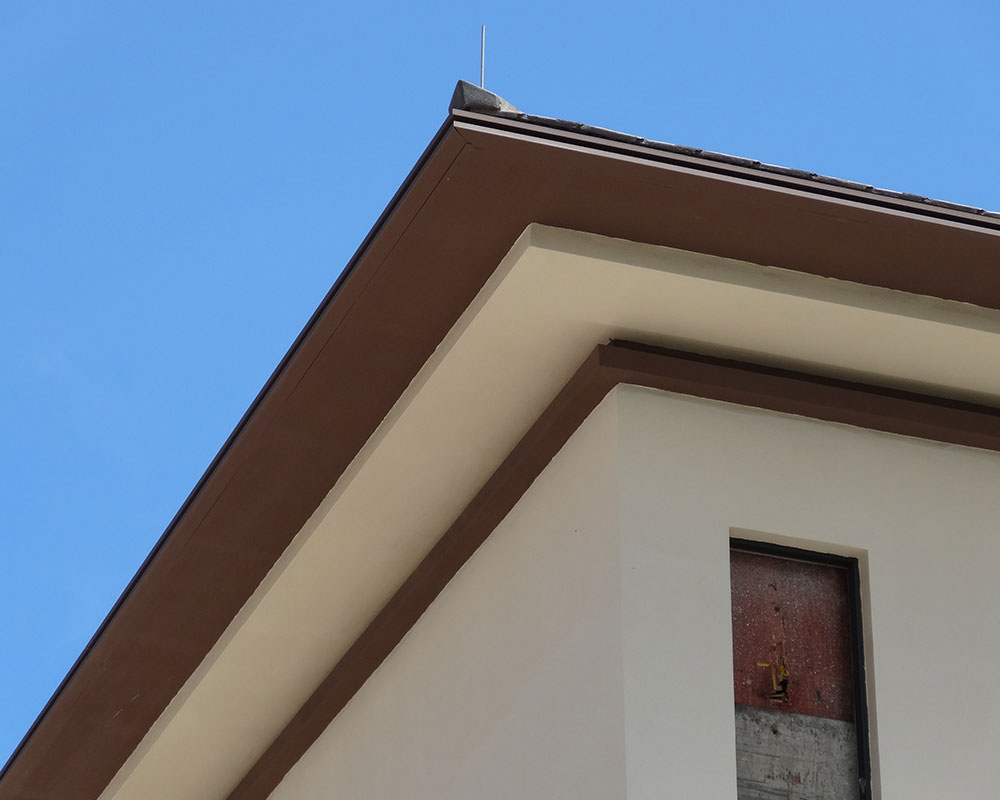
Residential Soffit Panel Systems
Wood Soffit Panels
Pros:
- * Natural and aesthetically appealing, adding a warm, classic charm to buildings.
- * Customizable with paint and stains to match any exterior style.
- * Traditional architectural charm, making it a preferred choice for historical renovations and high-end residential projects.
Cons:
- * Prone to rot, warping, and insect damage, especially in humid climates.
- * Requires frequent maintenance like painting, sealing, and refinishing to prevent deterioration.
- * Higher long-term maintenance costs make it less cost-effective than modern materials like fiber cement soffit panels.
Wood soffits, while beautiful, require continuous upkeep to prevent deterioration. This makes them a less practical choice for regions with high humidity or extreme weather conditions.
Vinyl Soffit Panels
Pros:
- * Low initial cost, making it one of the most budget-friendly soffit options.
- * Available in various colors and styles, including perforated and vented designs for better airflow.
- * Minimal maintenance required, as vinyl does not need painting and resists most environmental wear and tear.
Cons:
- * Prone to cracking in cold temperatures and melting in high heat, which affects its lifespan.
- * Can appear less premium due to overlapping seams, which may not provide a seamless, high-end finish.
- * Less durable compared to fiber cement board, especially in harsh weather conditions where it may warp or fade over time.
Vinyl soffit panels provide an affordable solution but may not withstand extreme climate changes as effectively as other materials. This makes them a short-term solution rather than a long-term investment.
Wood Grain Fiber Cement Siding For Soffit
Metal Soffit Panels (Aluminum & Steel)
Pros:
- * Resistant to rot and insect damage, making them a durable option for soffit applications.
- * Fire-resistant material, adding an extra layer of protection in areas prone to wildfires or high temperatures.
- * Available in different finishes, including wood grain textures that mimic the look of natural wood.
Cons:
- * Susceptible to denting and rust if the protective layer wears off, requiring maintenance to prevent corrosion.
- * Requires repainting over time to maintain its appearance, especially in coastal or industrial areas where oxidation can occur.
- * Can be more expensive than vinyl but lacks the same durability as fiber cement soffit panels, making it a mid-range option in terms of affordability and longevity.
While metal soffits offer better longevity than wood and vinyl, they still require some maintenance, especially in coastal areas where salt air can accelerate corrosion. They are a good option for homeowners looking for fire resistance but may not be the best long-term investment.
Fiber Cement Soffit Panels: Superior Soffit Panel Material
Pros:
- * Highly durable and resistant to moisture, rot, and insects, ensuring a longer lifespan than wood, vinyl, or metal.
- * Fire-resistant, adding an extra layer of safety, especially in areas prone to wildfires.
- * Low maintenance with long-lasting color retention, requiring minimal repainting or refinishing.
- * Available in smooth and wood grain finishes for aesthetic flexibility, allowing homeowners and builders to customize the appearance.
- * Stronger and more impact-resistant than vinyl and metal, providing better protection against physical damage and harsh weather.
Cons:
- * Higher initial investment compared to vinyl, but the long-term savings in maintenance make it a cost-effective choice.
- * May require professional installation for best results, as cutting and handling fiber cement board needs specialized tools and expertise.
Fiber cement soffit panels stand out due to their superior durability and low maintenance requirements. Unlike wood, they do not rot or warp. Compared to vinyl, they resist temperature fluctuations better. Unlike metal, they do not dent or rust. These advantages make fiber cement board an excellent long-term investment for residential and commercial buildings.
Why Choose Fiber Cement Soffit Panels?
Long-Term Cost Savings: While the upfront cost may be higher, fiber cement board requires significantly less maintenance, reducing long-term expenses and ensuring a better return on investment.
Sustainability: Many fiber cement products are eco-friendly and contribute to sustainable building practices by using recycled materials and reducing deforestation. For example, New Element, a leading fiber cement board manufacturer in China, incorporates up to 80% recycled content in its eco-friendly production process.
Aesthetic Versatility: With a variety of textures and finishes, fiber cement soffits can complement different architectural styles, from modern homes to traditional buildings.
Enhanced Durability: Resistant to harsh weather conditions, ensuring longevity and structural integrity, especially in extreme climates.
Compatibility with Fiber Cement Siding: Fiber cement soffit panels pair seamlessly with fiber cement siding or decking, creating a cohesive and visually appealing exterior.
Conclusion
When comparing soffit materials, fiber cement board emerges as the best choice due to its unmatched durability, low maintenance, and aesthetic versatility. While wood, vinyl, and metal have their merits, none offer the same balance of longevity and performance. For those seeking a reliable and high-quality soffit solution, fiber cement board is the clear winner.
For premium fiber cement soffit panels, New Element offers top-tier fiber cement board solutions tailored for durability and efficiency. Explore our offerings at New Element and enhance your building’s performance today!


